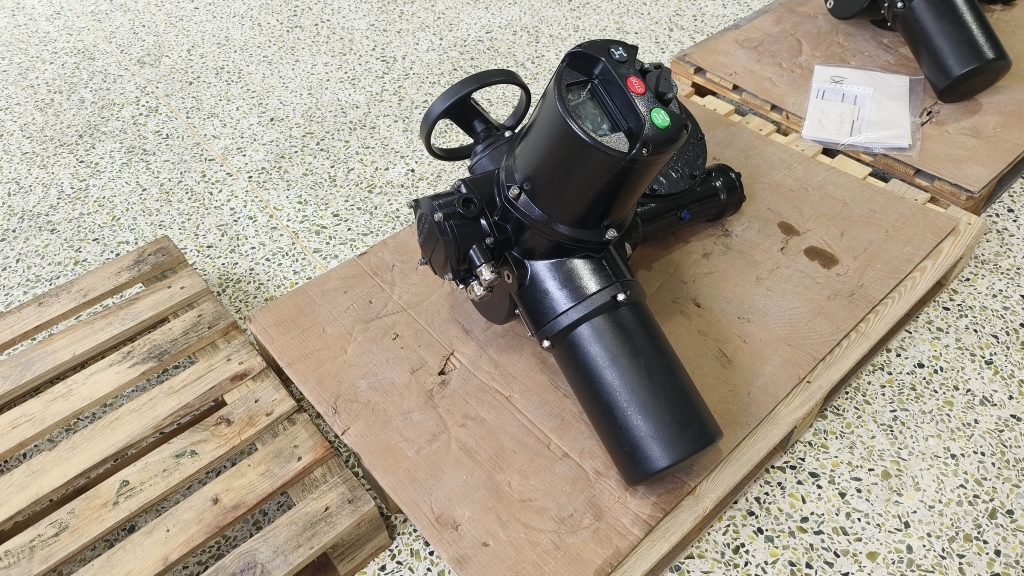In the realm of modern automation, the demand for advanced technology solutions that enhance efficiency, precision, and reliability is ever-growing. Amidst these innovations, the Intelligent Integrated Electric Actuator (IIEA) stands out as a pivotal component driving the transformation of various industries. Combining mechanical prowess with sophisticated electronic systems, the IIEA not only optimizes performance but also plays a significant role in the paradigm shift towards smart manufacturing and automation.

Understanding Intelligent Integrated Electric Actuator

An Intelligent Integrated Electric Actuator is a device that converts electrical energy into mechanical motion with the added capability of smart features. Unlike traditional actuators, which primarily function as standalone devices, IIEAs are equipped with integrated sensors, control systems, and communication interfaces. This integration enables real-time monitoring, feedback, and decision-making capabilities, making them ideal for complex automation tasks. The typical structure of an IIEA includes an electric motor, gearbox, and a control unit. The electric motor serves as the driving force, converting electrical input into rotary motion, while the gearbox translates this rotary motion into linear movement if needed. The intelligent control unit comprises algorithms and software that analyze sensory data and apply corrective actions, enhancing the actuator’s operational efficiency.
